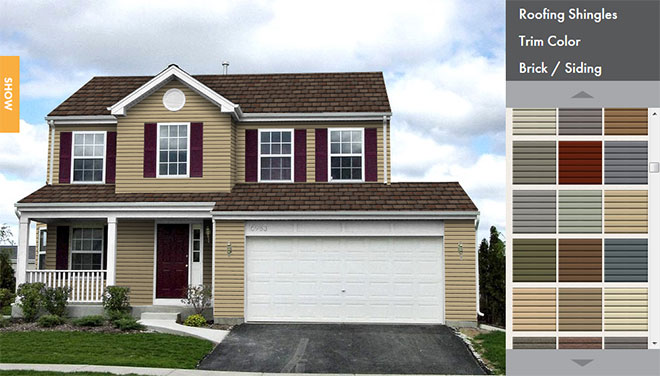Dealing With Insurance Companies After The Storm
Hail Damage and Wind Damage Insurance Claims Process – Things You Should Know
Reading and understanding the key concepts listed below will help you better understand the process of filing an insurance claim. Understanding that the insurance claim process can be complex, that is why trained, reputable and professional storm restoration companies can help you navigate through the process making it as seamless as possible.
Know the exact storm date your home or business incurred damages
Your insurance company will require this information upon filing a claim. You will be asked to name general areas that appear to have been damaged, such as the roof, siding, windows, etc. It is also equally as important to mention that the damage could have been caused by wind or hail as this information will be forwarded onto your insurance adjuster. This results in a more thorough inspection by your insurance adjuster because generally speaking, wind damage is less evident.
Have a storm damage claim specialist inspect your home or property prior to the insurance adjuster
This is an important concept because a professional who looks at storm damage regularly may see things that other contractors may overlook, as some damage is less obvious then others. Also a company that specializes in insurance claims knows the approximate cost of the needed repairs, and can cross reference with the adjuster to ensure no damage over looked. Often times insurance adjusters are from out of state and may not know all local building codes, and material costs.
Know your current home mortgage information including loan number, and mortgage contact information.
The adjuster will need to know this information for payment processing. This will prevent payment processing delays. a check to begin repairs may be written with the wrong lender as an endorsee. Imagine trying to get a check endorsed with the wrong lender information. Also, a mortgage that is not current will slow down the payment process and prevent headaches.
Every insurance adjuster is not the same
There are two basic types of insurance adjusters and the two differ greatly.
1) A staff adjuster is employed by an insurance company. Generally speaking, these adjusters are salaried employees of an insurance company with a broad license for automotive, fire and property and casualty claims. Staff adjusters tend to be more conservative when adjusting damage of properties.
2) An independent adjuster: Adjusters who are contracted to adjust claims when local adjusters have a large amount work. Independent adjusters focus on wind and hail damage in the majority of their work, so this is their specialty. These adjusters tend to be paid on commission or a percentage of the damage they find. They tend to be more liberal when assessing damages.
The rule of 4 feet and higher
Anything below four feet is what adjusters call “mechanical damage.” This simply means damaged caused by something other than hail or wind. This may include any damaged caused by items such as balls, weed whips, lawnmowers, or animals. An experienced insurance claim specialist can tell the difference between mechanical damage and storm damage.
The year your home or property was built
Or when the exterior finish materials where last updated. The insurance adjuster will use the age to calculate depreciation. This is the standard amount that the insurance company will hold back until the repairs are complete. The newer the house or property, the less the depreciation.
Estimate damage of personal property that sustained damage
These items include pool covers, sheds, patio furniture, planters and other misc. yard items. If you have receipts from these previous purchases it tends to be helpful. If no receipts are available a fair approximate cost is often agreed to when the adjusters meeting occurs.
Have an experienced hail damage consultant present at the time of the insurance adjustment
Having knowledge of the claim process and inspections is one of the most important factors in making sure you are compensated for all damages. A good claims consultant will ensure this step happens by working alongside the insurance adjuster. Given the correct approach, most adjusters will be thrilled they had this assistance. This is because it prevents any re-inspections due to damage being missed.
Minnesota Hail and Storm Damage Repair
Filing an Insurance Claim for your Roofing Project
Filing insurance claims and working with your insurance agent and the company adjuster can be a nightmare. Let an experienced hail damage contractor help you navigate through the roof damage insurance claim process to make it as seamless as possible.


 Click Here
Click Here Click Here To Use
Click Here To Use